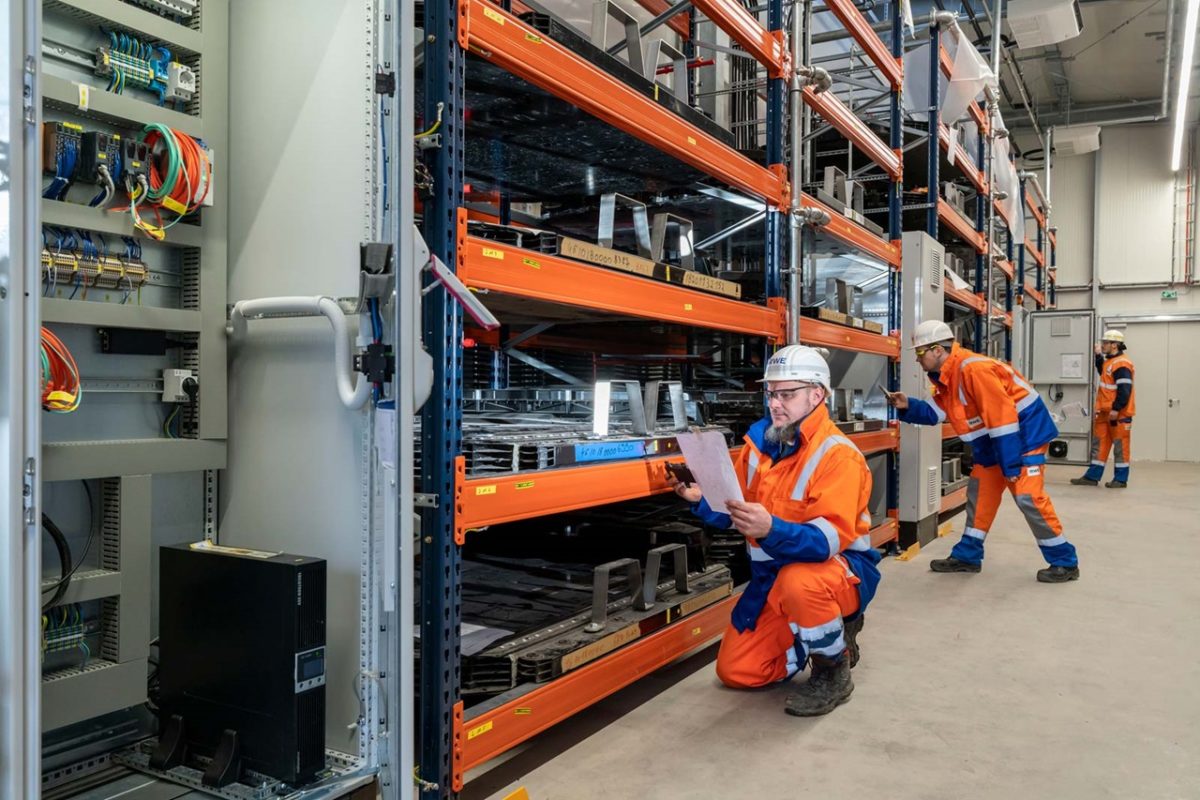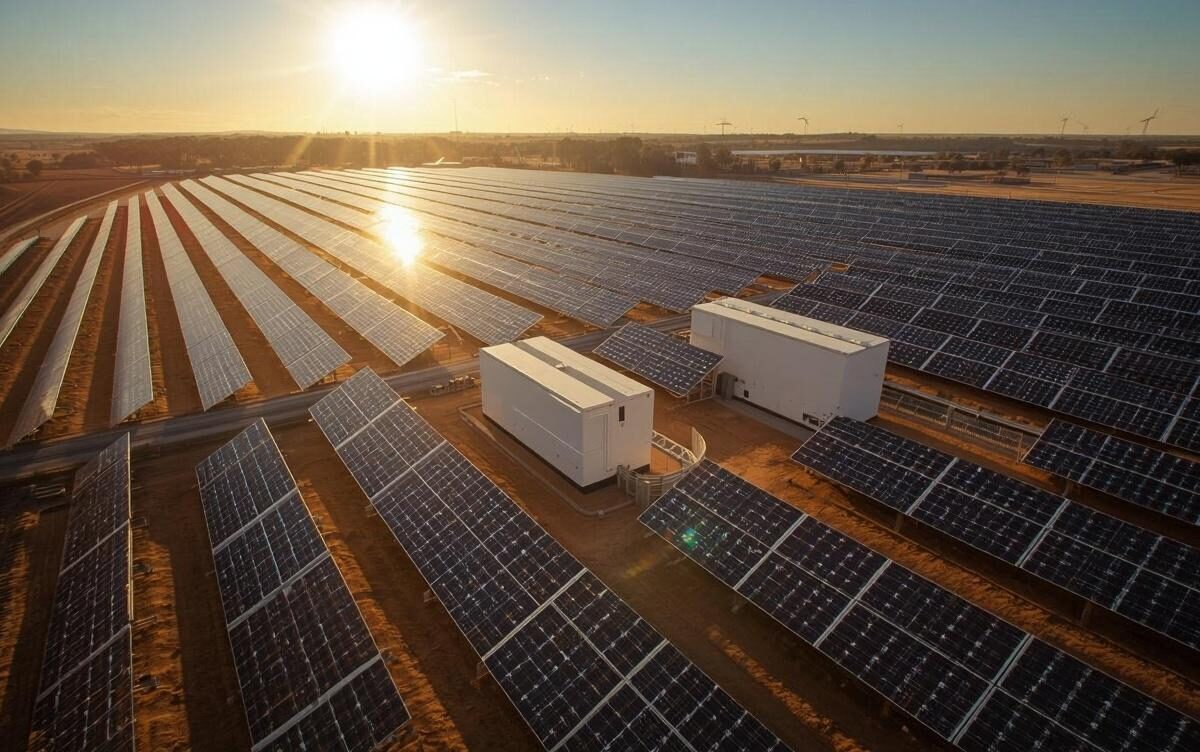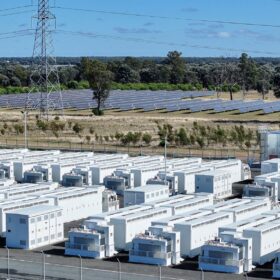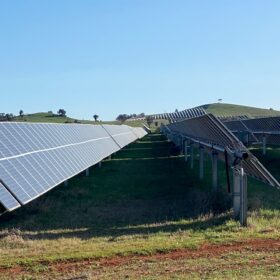From pv magazine Global
A UK government study has revealed opposing views on the safety of second-life EV batteries in home energy storage applications. Some stakeholders argue that an enabling framework is possible, while others contend that the safety of such devices “can never be guaranteed.”
The independent research report, “A Study on the Safety of Second-life Batteries in Battery Energy Storage Systems,” was commissioned by the UK Office for Product Safety and Standards (OPSS) and was produced by academics at Newcastle University’s School of Engineering.
As part of the project, the researchers consulted around 40 organisations and companies, including global safety and certification organisation UL, major manufacturers such as Siemens and Varta, and automakers such as Nissan and Jaguar. While a number of these stakeholders use second-life LiBs, predominantly for industrial applications, “evidence suggests there is currently limited use in domestic systems,” according to the report.
However, extensive discussions have shown that a number of respondents believe that a safety framework can be put in place to allow the use of second-life LiBs in home battery storage applications, so long as the full history of the batteries in their first-life applications is known and/or they can be tested effectively.
A second, more radical view shared by some stakeholders is simply that the safety of such cells can never be guaranteed, “and hence that second-life LiBs should not be employed under any circumstances in such applications.”
In the concluding remarks, the report adds that consideration should also be given to whether stricter requirements are needed for home-built energy storage systems which use second-life batteries.
This is explained by the lack of knowledge around age-related failures and their effects. Namely, whereas the hazards associated with second-life LiBs are broadly the same, the probability of failure may be higher with the former due to the effects of aging and unknown stress, or abuse during an LiB’s first-life application.
Specifically, the capacity loss of LiBs is generally considered to be linear, with end of life typically around 75% to 80% state of health (SoH) and the final end-of-life stage around 50% to 60% SoH. However, at some point a severe and potentially dangerous deterioration can occur and lead to an increased ageing rate. The time at which this occurs, referred to as the “knee,” is difficult to predict. It can occur at a higher SoH than expected, thereby increasing the risk of thermal runaway, internal short circuits, and joule heating, according to the report.
The report goes on to state that there is currently no widely accepted testing methodology to assess the safety of second-life LiBs, leaving a major gap in international standards.
“It is currently both costly and labor intensive to test and triage end of life batteries due to a lack of standardisation among EV OEMs,” reads the report. “In addition, the falling cost of new LiBs means the economic incentive for reuse and repurposing may become less attractive.”
This content is protected by copyright and may not be reused. If you want to cooperate with us and would like to reuse some of our content, please contact: editors@pv-magazine.com.









Recycled Batteries for Homes reminds me of recycled old clothes.. recycled husbands/wives.. Is this what homeowners deserve..???
What is so special about EV’s that they get to enjoy Vrigin (Batteries) .. but the Owners of these EV’s Homes get Discarded Ones.. ???
Basically, THE EV Industr TODAY has NO INTEREST IN ELIMINATING POLLUTION BUT GENERATING MORE AND MORE PROFITS ONLY.. POLLUTION BE DAMNED…
1. Why are EV Manufacturers not Installing PV Panels etc.. to feed the Grid as THEIR EV’s extract an equivalenrt amount of Electricity too.. at another location, thereby Eliminating use of Polluting Energy from the mostly Dirty Power Plants on the Grid..???
2. Why are EV Manufacturers not taking on the FULL LIABILITY of Dead Batteries.. NOW.. BEFORE THEY ARE “ALL OVER THE PLACE” as these 1000-2000lb Batteries start to Die… PLEASE NO BATTERY SUPERFUND HERE.. PAID BY THE PEOPLE… to CLEAN UP THE EV MESS….whether they buy EV’s or not…!!!
You get the idea… and then there is Recycling of aged EV’s too.. which will arrive very soon..
Just like the Nuclear Industry.. the same old song-n-dance.. believe us.. we will take care of .. everything.. and then just do the OPPOSITE ..
When will they ever learn …
When will they ever learn..